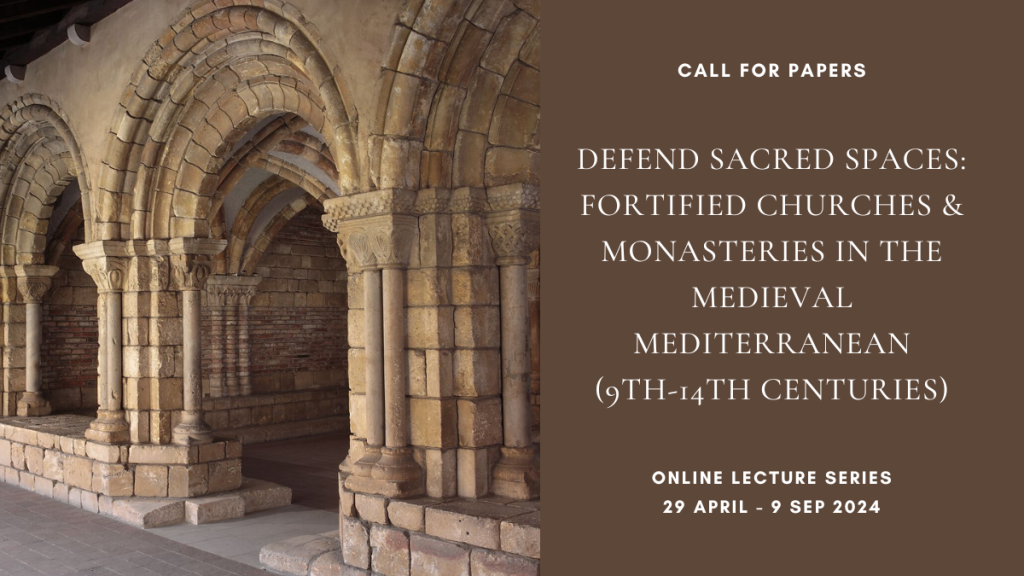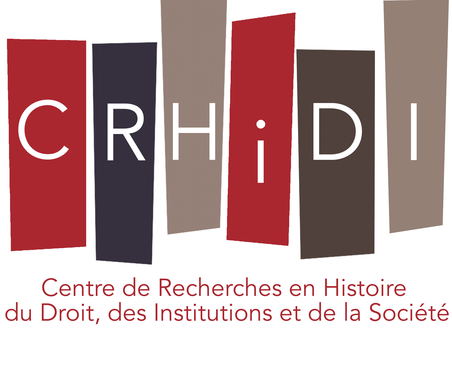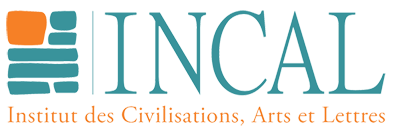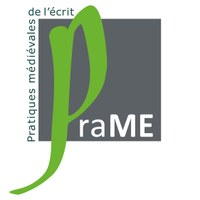Starting from the end of the 9th century, important events including the disintegration of the Carolingian empire and the advance of populations from northern and eastern Europe and the Arab world triggered a phase of insecurity and political instability. The Mediterranean, a place of meetings and exchanges between culturally and geographically distant populations, was particularly affected by these events. In a climate full of tension, threatened by internal conflicts and the advance of non-Christian populations, it became essential to defend the “home of God”. This concept translated architecturally into the adoption of design solutions inherited from military architecture. Throughout the eastern and western Mediterranean, numerous monasteries, abbeys, and churches acquired the appearance of fortresses, marked by high defensive towers and wall-walks, often integrated with the walls and defensive structures of the cities. Architectural innovations, useful for the defense of a single monument or entire villages and cities, spread quickly across the Mediterranean and its areas of influence, acquiring territorial specificities.
Considering the historical context between the 9th and 14th centuries, the II International “Mm3a” Conference in Lipari proposes the development of a framework on fortified religious architecture through: the analysis of the relationships between the regional architectural solutions and the socio-economic contexts, the studies of exchange methodologies and models dissemination and their adjustments according to local building traditions.
To this end, the study topics on fortified religious complexes are:
- the formation of the architectural phenomenon in relation to the respective regional, cultural, and religious contexts;
- the main players: commissioner, creators, users;
- the diffusion of architectural models and construction techniques;
- the contributions of the ecclesiastical and knightly religious orders in the architectural field;
- restoration as a tool for knowledge;
- historical sources, ecclesiological doctrines, and monastic culture.
- art, iconography, and forms of representation
The Conference will include papers and a poster session. Proposals for participation relating to reports or posters must include:
- the title;
- adhesion to one of the thematic areas;
- an abstract of a maximum of 2000 characters;
- five key words;
- a curriculum vitae of the proposer (not exceeding 500 characters); and must be sent by June 16th to the address: mediterraneomedievale@gmail.com
Papers of a maximum of 20 minutes are expected. The Scientific Committee will evaluate the proposals sent by June 30th and will communicate their possible acceptance, as a report or as a poster, inserting them in the Conference session deemed most suitable. The Conference includes the publication of the contributions in a monographic volume within the “Architettura Medievale” series (directed by Silvia Beltramo and Carlo Tosco), published by “All’insegna del Giglio”. Adequate space in the publication will also be reserved for posters admitted to the specific session.
Source : Medieval Art Research








Vous devez être connecté pour poster un commentaire.